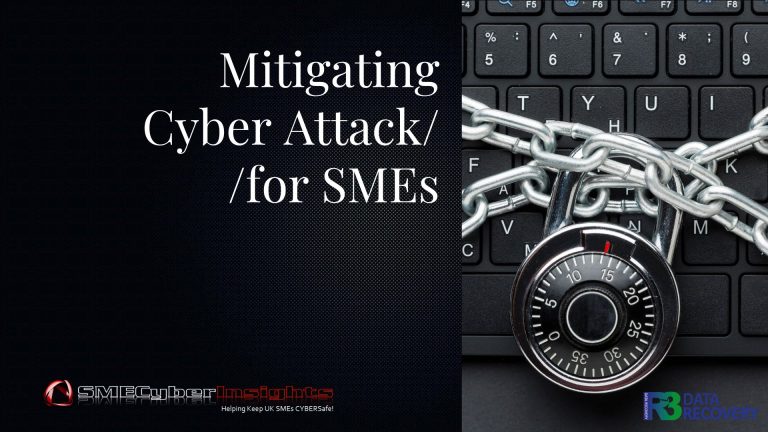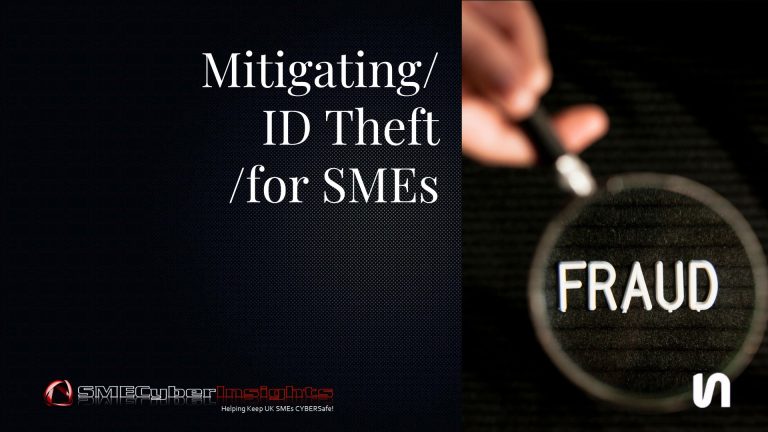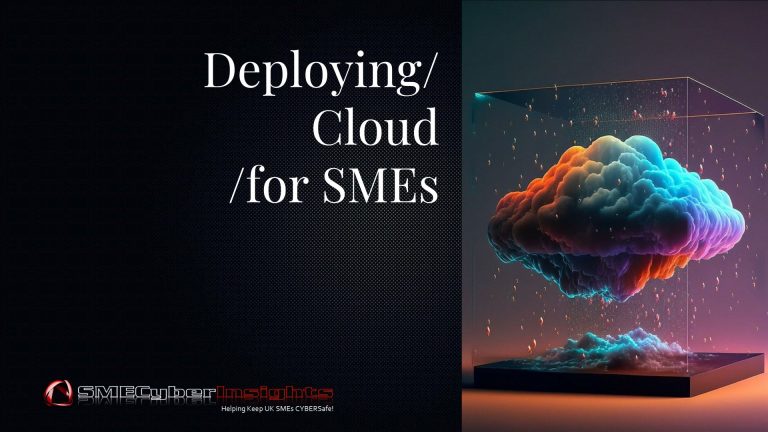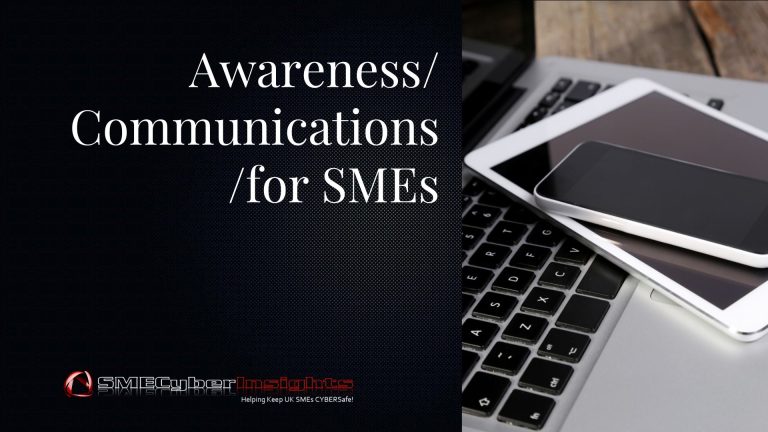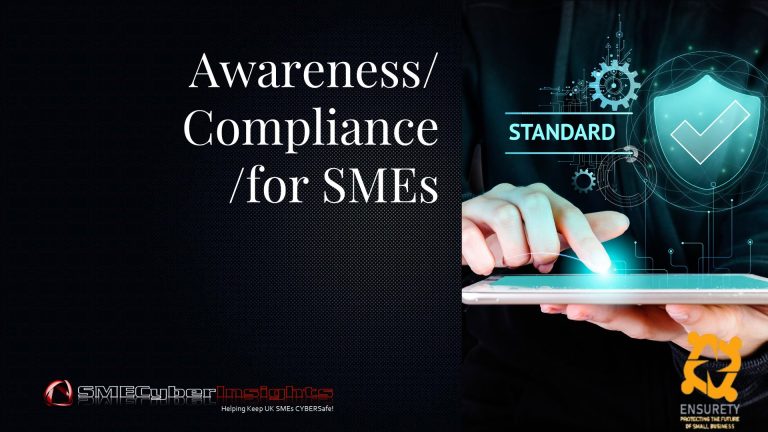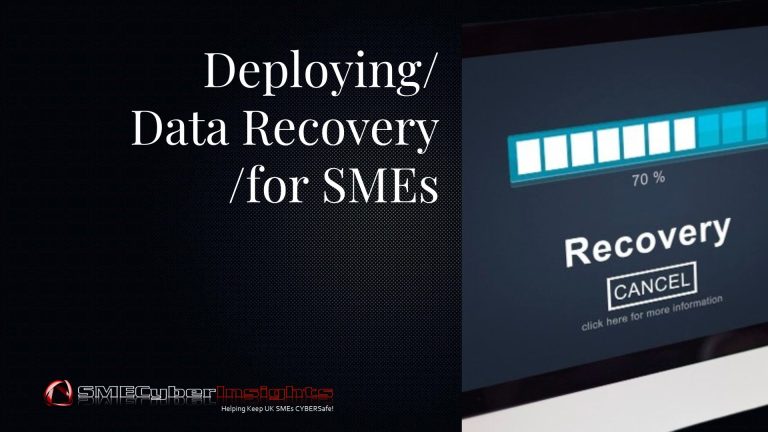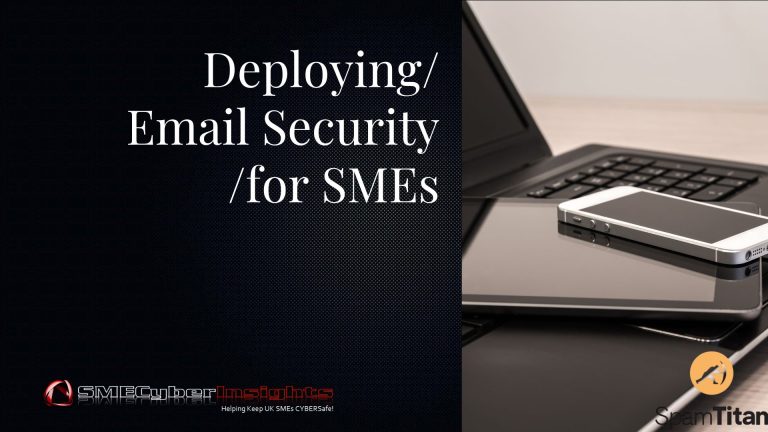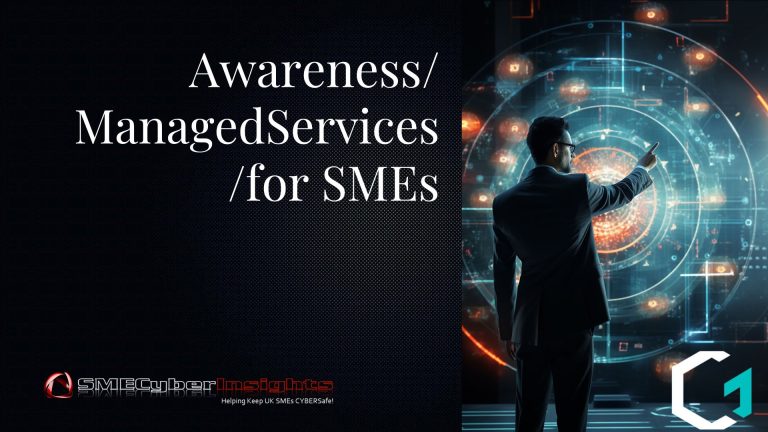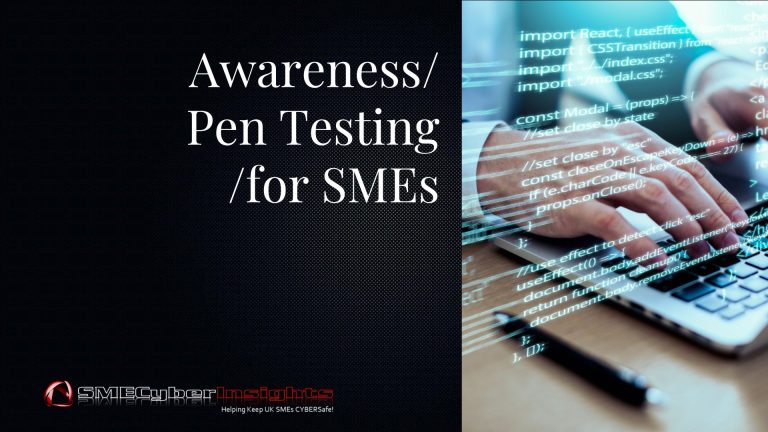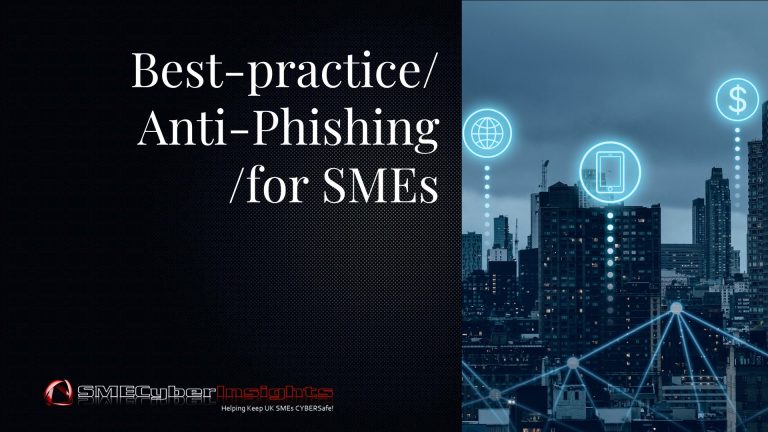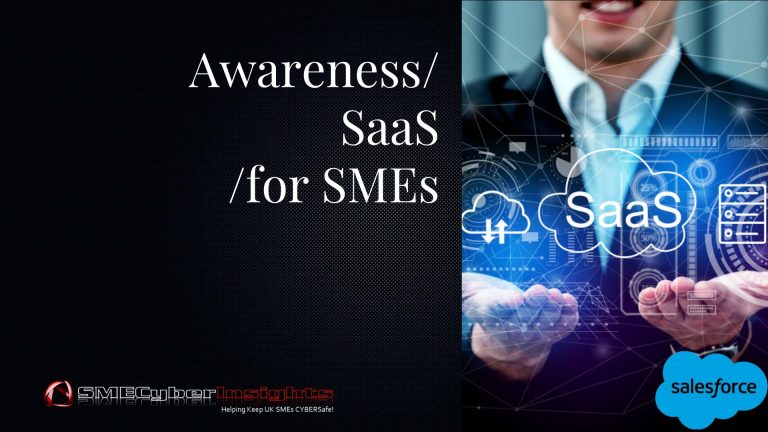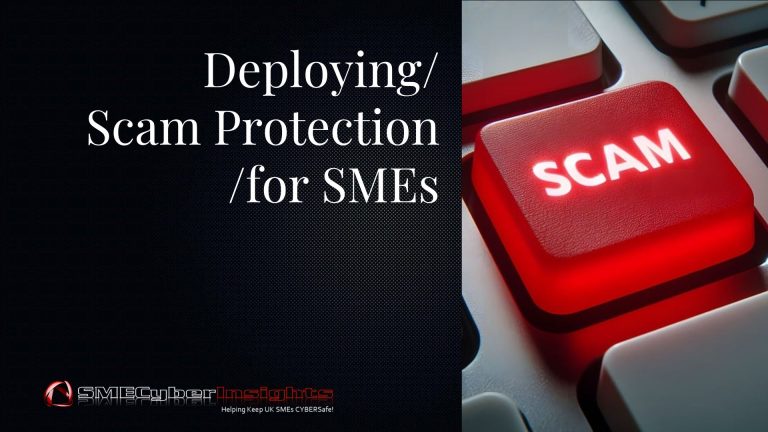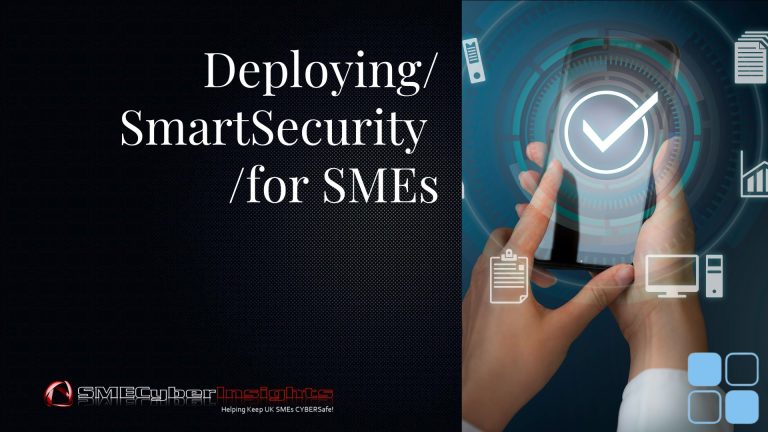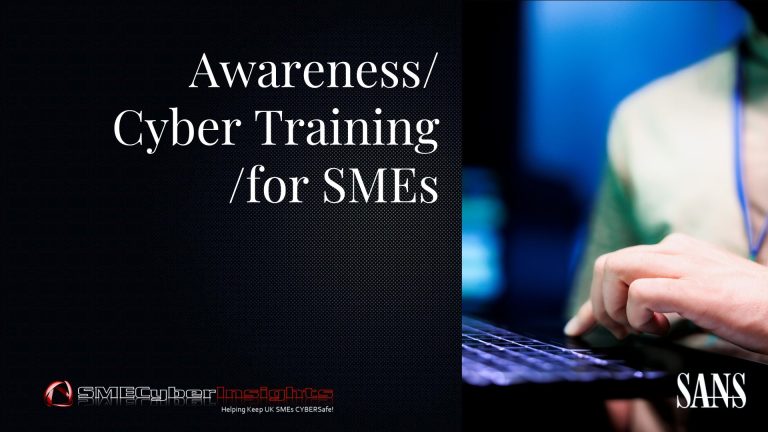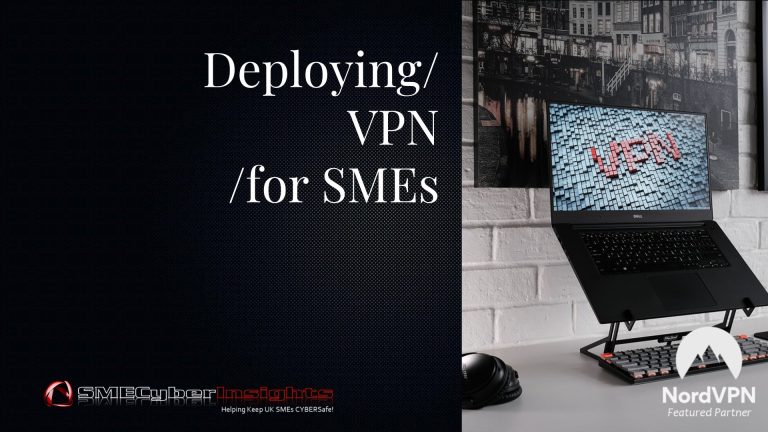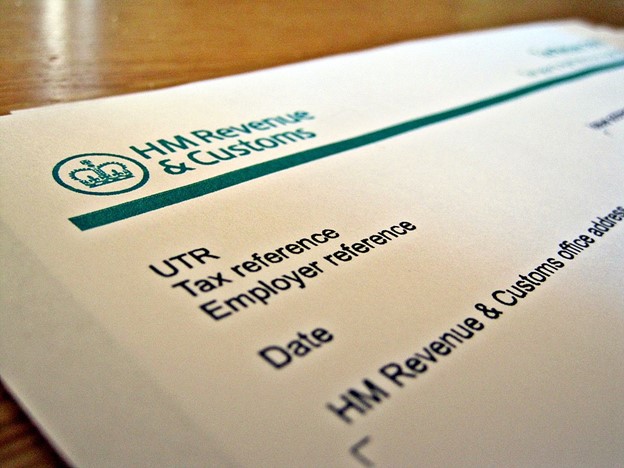Wake-Up Call: How HMRC’s £47 Million Phishing Loss Exposes Critical Infrastructure
June 24, 2025Helping Keep Small Business CYBERSafe!
Gibraltar: Tuesday 24 June 2025 at 10:00 CET
Wake-Up Call: How HMRC’s £47 Million Phishing Loss Exposes Critical Infrastructure
By: Iain Fraser – Cybersecurity Journalist
Published in Collaboration with: Nord VPN
SMECyberInsights.co.uk – First for SME Cybersecurity
Google Indexed on 240625 at 10:58 CET
#SMECyberInsights #SMECyberSecurity #SMECyberAwareness #CyberSafe #SME #SmallBusiness #Phishing #Scam #HMRevenueandCustoms
The Phishing Attack That Fooled Britain’s Tax Authority
It’s a sobering thought: if sophisticated criminals can successfully steal £47 million from HM Revenue and Customs (HMRC), what chance do UK Small and Medium Enterprises have against similar attacks?
Last year, fraudsters managed to impersonate legitimate taxpayers and claim false tax rebates, extracting £47 million from HMRC’s coffers. While Angela MacDonald, HMRC’s Deputy Chief Executive, emphasized this wasn’t a breach of HMRC’s internal systems but rather “phishing activity – taking customer credentials and criminals masquerading as the customer”, the implications for SME cybersecurity are profound and deeply concerning.
Why This Matters More Than You Think for Your Business
Here’s the uncomfortable truth: approximately 100,000 taxpayer accounts were targeted in this sophisticated phishing operation. If criminals can orchestrate an attack of this scale against one of the UK’s most secure government departments, your SME is almost certainly in their crosshairs too.
The attack method is particularly insidious because it mirrors exactly what happens to businesses every day. Criminals used personal details, possibly stolen from banks or other organizations, to trick the system into approving fake transactions. Sound familiar? It should – because this is precisely how SMEs lose money to invoice fraud, payroll diversions, and fake supplier payments.
The SME Cybersecurity Reality Check
Let’s be brutally honest about what this HMRC incident reveals about cybersecurity vulnerabilities that affect every UK SMEs:
Your Customer Data Isn’t Safe Anywhere: If personal details can be harvested and used to fool HMRC’s systems, they can certainly be used to target your customers, suppliers, and employees. The data breach that enables tomorrow’s attack against your business might have happened at a completely different organization months ago.
Impersonation Attacks Are Getting Scarier: The criminals didn’t hack HMRC’s servers – they simply pretended to be legitimate users. This same technique is used daily against SMEs through CEO fraud emails, fake supplier invoices, and bogus customer refund requests.
Scale Matters Less Than You Think: While 100,000 accounts sounds massive, the average SME faces similar risks. Criminals don’t need to target thousands of your customers – they just need to successfully impersonate one key supplier or client to cause significant financial damage.
What SMEs Can Learn From HMRC’s £47 Million Loss
Multi-Factor Authentication Isn’t Optional: HMRC has since locked down affected accounts and reset login details, but prevention is always better than cure. If your business systems still rely on simple passwords, you’re essentially leaving the door unlocked.
Employee Training Becomes Critical: The most sophisticated technical defenses mean nothing if your staff can’t spot a convincing phishing email. HMRC’s experience shows that even well-trained government employees can fall victim to sophisticated impersonation attempts.
Financial Controls Need Regular Review: The criminals succeeded because they understood HMRC’s payment processes well enough to exploit them. When did you last review your own payment authorization procedures? Could someone convincingly impersonate a key supplier and request payment to a different account?
The Broader SME Cybersecurity Implications
This incident exposes a fundamental problem in how we think about business cybersecurity. MacDonald noted that “the nature of the attack altered through the year because as we were closing accounts down, they were adapting”. This adaptive behaviour is exactly what SMEs face – criminals who learn, evolve, and find new ways to exploit vulnerabilities.
Your Business Is Part of a Larger Ecosystem: The personal details used to fool HMRC likely came from previous breaches at banks, retailers, or other service providers. Your SME cybersecurity strategy must account for the fact that you’re only as strong as the weakest link in your entire business ecosystem.
Reputation Recovery Is Expensive: While HMRC can absorb a £47 million loss and continue operating, most SMEs cannot. More importantly, the reputational damage from a successful attack often proves more costly than the immediate financial loss.
Practical Steps Forward for UK SMEs
The HMRC incident shouldn’t terrify you – it should motivate you to take action. Here’s what every UK SMEs should implement immediately:
Verify Payment Requests Independently: Always confirm payment changes through a separate communication channel. If a supplier emails requesting payment to a new account, pick up the phone and call them directly using a known number.
Implement Staged Payment Approvals: Large payments should require multiple approvals from different people. This simple step could have prevented much of HMRC’s loss.
Regular Security Awareness Training: Your team needs to understand current threats. The techniques used against HMRC are being refined and used against businesses like yours right now.
Monitor Financial Transactions Daily: Quick detection limits damage. HMRC’s ability to prevent £1.9 billion in additional losses shows the value of robust monitoring systems.
The Bottom Line for SME Cybersecurity
If the UK’s tax authority can lose £47 million to Phishing attacks, no business is immune. However, this incident also demonstrates that proper monitoring and response procedures can prevent much larger losses. The question isn’t whether your business will be targeted – it’s whether you’ll be ready when it happens.
The criminals who targeted HMRC aren’t going away. They’re studying this incident, learning from their successes and failures, and planning their next attacks. Some of those attacks will target businesses exactly like yours.
The good news? You now know exactly what techniques they’re using and how to defend against them. The question is: will you act on this knowledge before it’s too late?
What is a VPN & Does my SME Need one? A VPN is a Virtual Private Network a method of securing your communications credentials. When it comes to Small and Medium-sized enterprises (SMEs), the choice of VPNs can significantly impact the security and efficiency of their operations.
The NordVPN service allows you to connect to 5600+ servers in 60+ countries. It secures your Internet data with military-grade encryption, ensures your web activity remains private and helps bypass geographic content restrictions online. Join NordVPN Today and Save up to 73% and Get 3 months Extra Free – Rude Not to …!
UK Small Business Owner? Join SMECyber Free Now! & Access the SME Cyber Forum – Read, Learn, Engage, Share …
The Latest SME Cybersecurity News, Threat Intelligence & Analysis, Timely Scam Alerts, Best-practice Compliance, Mitigation & Resources specifically curated for UK Based SMEs in a Single Weekly Email direct to your Inbox or Smart Device together with Unrestricted Free Access to our entire SME Cyber Knowledge & Tutorial Library.

